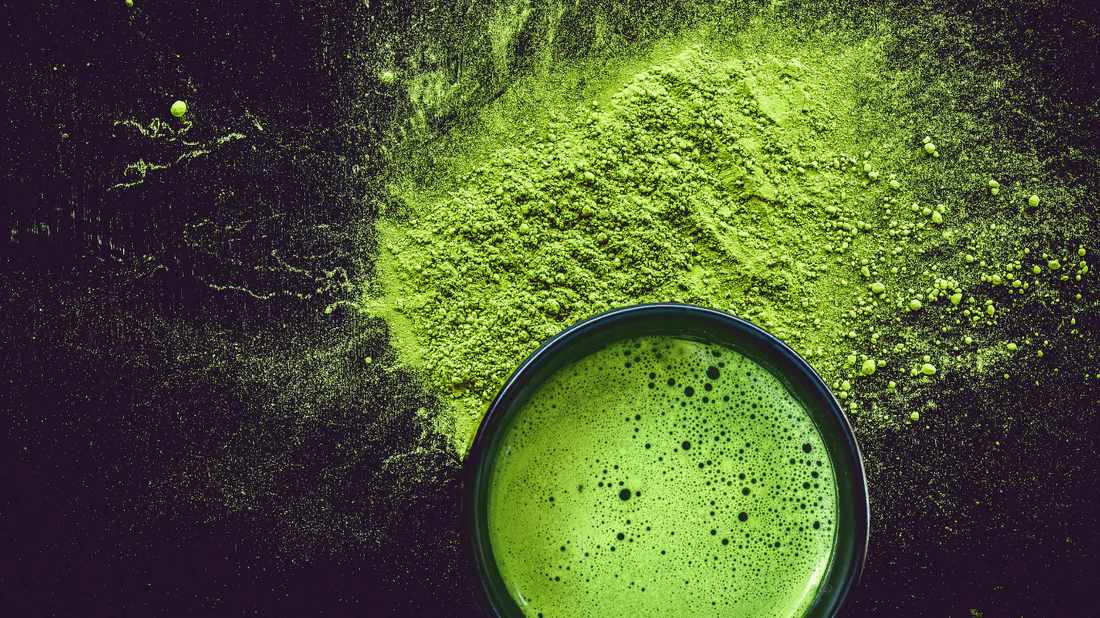
Understanding the Differences Between Astringency and Bitterness in Matcha
What Makes Matcha Taste "Strong"?
When drinking matcha, many people encounter flavors or sensations they describe as “strong” or “sharp,” but what they’re actually experiencing often falls into two distinct categories: astringency and bitterness. While these terms are frequently used interchangeably, they refer to very different aspects of the matcha experience.
What Is Bitterness in Matcha?
Bitterness is a taste, one of the five basic tastes our tongues can detect, and in matcha, it comes primarily from catechins, a type of antioxidant naturally present in green tea leaves. Bitterness is most noticeable at the back of the tongue and tends to linger after swallowing. In matcha, it can be described as sharp, slightly acrid, and sometimes overwhelming if the tea is lower in quality or prepared incorrectly. Using water that’s too hot or matcha that’s been harvested later in the season often amplifies bitterness.
What Is Astringency in Matcha?
In contrast, astringency is a sensation, not a taste. It refers to the dry, puckering feeling on your tongue and cheeks that occurs after drinking certain teas, wines, or even eating unripe fruit. In matcha, this is caused by tannins, another group of polyphenols present in tea leaves. Astringency is more about mouthfeel than flavor, similar to how your mouth feels after sipping a strong black tea. It’s often more pronounced in lower grade matcha or when the tea is over-whisked or allowed to sit too long after preparation. Astringency occurs when polyphenols in matcha bind to proteins in our saliva, causing them to clump together. These clumps interfere with our taste buds, dulling our ability to fully taste the matcha and creating a rough, dry feeling in the mouth.
Why It Matters
Understanding the difference between bitterness and astringency in matcha helps you identify what you’re tasting, and more importantly, how to fix it. If your matcha tastes bitter, try lowering your water temperature or switching to a higher grade powder. If it feels too drying or harsh, consider drinking it fresh after whisking and using ceremonial grade matcha made from first harvest, shade grown leaves. The best matcha strikes a delicate balance between umami, subtle sweetness, mild bitterness, and a clean, refreshing finish, without overpowering astringency or harsh bite.
